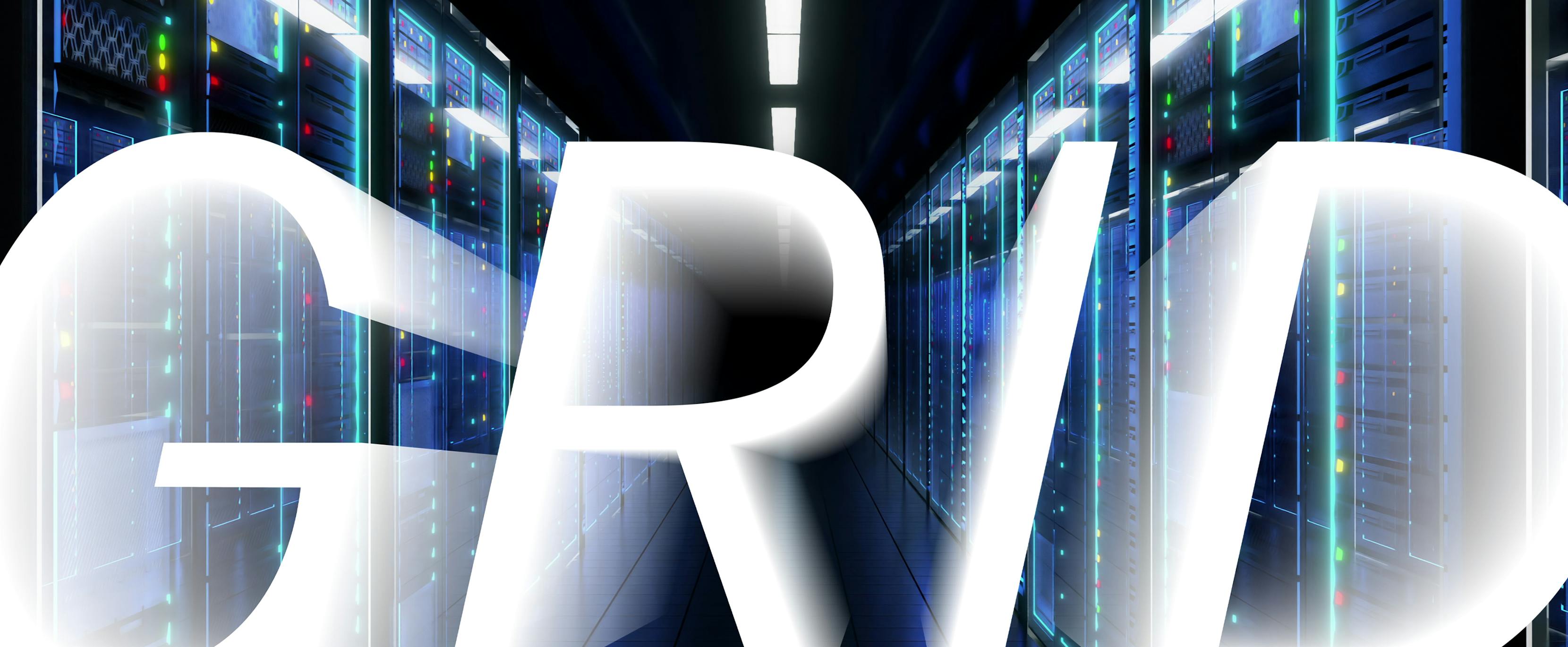
The front door opens, the lights come on in the hallway and your favourite playlist begins, filling the living room with relaxing music. To avoid spoiling the atmosphere, the robot hoover stops work and goes back to its charging station. Just at that moment, the doorbell rings: it’s a delivery service bringing the groceries. First thing that morning, the refrigerator had automatically recorded what was missing and ordered the necessary food from the wholesaler all by itself. Great, there’s butter, cheese and milk in the house again. It’s now 7.15 p.m., and the audio system automatically switches to the radio programme. The familiar voice of the presenter sounds from the loudspeakers. Time to put your feet up. The light dims by itself, and you can finally have a rest.
In the future, we will live in digitally-optimised, networked homes in which everything – or almost everything – works as if by magic. This is the vision known as the smart home, which is already prompting some people to ask: «Isn’t that all just a gimmick with no real added value?» I guess the honest answer to that is: it depends. It could be interesting, even for sceptics, if a smart home can help optimise our consumption of electricity. In other words, if consumer devices such as heaters, air conditioners, electric cars, washing machines, dishwashers or tumble dryers are connected to each other via a smart grid and with an energy management system. If an electric car can charge its battery or the heating system can generate hot water at precisely that time when lots of electricity is available – and therefore cheap. That means that in the future, electricity consumption will be linked even more closely to electricity generation, for example with a solar system on our own roof. This type of consumption behaviour adapted to production levels is not only easy on the wallet, it also helps to prevent congestion in the electricity grid. The expansion of solar plants and electric charging stations is being promoted in order to achieve the net-zero target, i.e. to reduce CO2 emissions by 2050. By coupling electricity consumption and production more closely, grid expansion can be minimised and optimised. The grid is not expanded to create advance capacity, which in turn means lower costs for everyone.
Infinite possibilities...
Our electricity requirements change quickly. The Federal Council’s Scenario Framework Switzerland assumes that Switzerland’s electricity consumption will increase from 58 terawatt hours today to 61 to 74 terawatt hours in the future, depending on the scenario. The grid of the future will no longer function as a one-way street: consumers will increasingly become electricity producers. The grid could be equipped with automation systems and, thanks to cloud services and the Internet of Things (IoT), it could control all the devices connected to it – the grid would effectively become a computer with access to the Internet. The solar system on the roof will be integrated into the consumer’s smart electricity system, meaning that the consumer’s own solar electricity can either be consumed directly on site straight away or stored for later. For example, in the battery of the electric car plugged in in the garage. But what happens on an extremely sunny day when production is at its highest and all the consumer’s own storage facilities are fully charged? No problem! Thanks to the smart grid, surplus electricity will be fed into the local distribution grid. It can then be used by neighbours who have joined together to form a consumer association, for example, or it can be bought by an electricity company to be sold on. Whether you are consuming electricity, storing it or feeding it back into the grid, everything is perfectly timed, completely automated and to your own financial advantage. That creates a win-win situation for electricity customers and grid operators alike.
For the time being, it will all depend on how the prices for these kinds of smart devices, solar systems, storage units, control devices develop.
Thomas Conrad, Eniwa AG
…and almost as many challenges
For the vision of a smart home and smart grid to become reality, smart meters and control devices are needed so that both prosumers (end consumers who also generate electricity) and grid operators can view and influence the required data and information on production and consumption at any time. The additional data offers the opportunity to make the supply of electricity more reliable and efficient. There are a few hurdles to overcome before this becomes possible. «For the time being, it will all depend on how the prices for these kinds of smart devices, solar systems, storage units, control devices develop,» says Thomas Conrad, Head of Asset Management at Eniwa, a distribution system operator in Aarau. After all, investments like these would also have to make financial sense for the home owner and the grid operator. «This is not yet the case in certain areas, such as the implementation of smart control units in combination with real-time communication. However, the merging or «grid convergence» between the grid and the communication network is an important basis if smart information exchange between grid operators and prosumers is to work.»
The success of models of this kind is not only linked to the prices of smart appliances, but also to the static pricing model (electricity tariffs for end customers are fixed, unlike those on the power exchange, where they fluctuate on an hourly basis). Today, end consumers cannot take advantage of short-term price differences. In the future, however, a washing machine should start automatically exactly when the electricity price is low, and solar electricity available in a storage system should be fed in to the grid at a time when it is financially lucrative. Without hourly information on electricity demand, storage levels, electricity generation and the associated hourly electricity prices, this type of system simply will not work. The grid will therefore one day have to be supplemented with an information network and flexible prices. «Today, to exaggerate slightly, we read household electricity meters once a year. In the future, consumption and generation data will reach us in greater resolution and on a continuous basis, thanks to the nationwide installation of smart electricity meters,» explains Conrad.
Prosumers, distribution system operators and electricity suppliers will be confronted with a tremendous amount of data. Using this data productively will be a major challenge, and a legal basis will be required for collecting and processing the data. «Based on this, electricity suppliers will optimise their electricity procurement, and grid operators will optimise their congestion management and tasks related to long-term strategic grid development. Efficient, effective handling of data will become more important in many respects,» believes Conrad.
So a home can only be smart if the necessary infrastructure – the grid – can keep pace with digitalisation and the transformation of the energy system. You can find out how smart homes, the smart grid and the transmission system operated by Swissgrid are connected in the next posts in the «Our grid» blog series.




